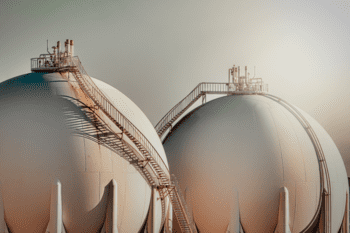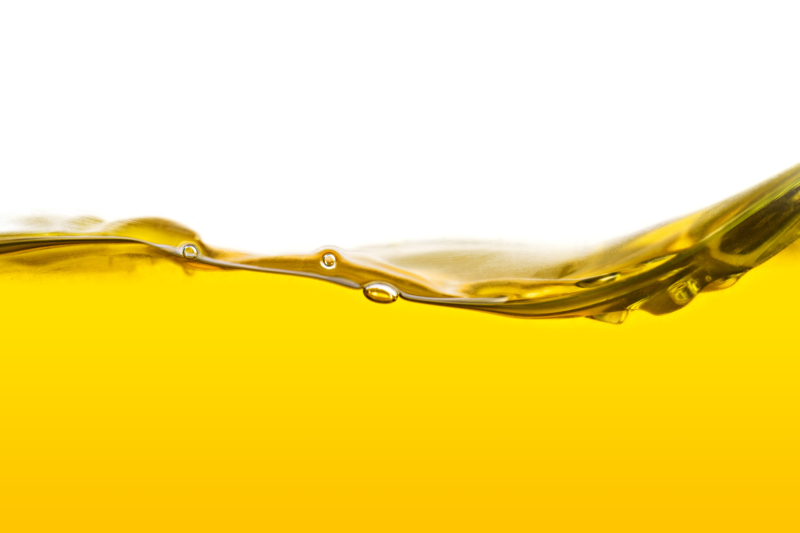Infographic: OPEC+ economics dashboard

Latest update: Jan. 30, 2024
A key OPEC+ advisory committee, co-chaired by Saudi Arabia and Russia, is set to meet online Feb. 1, with crude prices still stuck below the level that many of the alliance’s major producers need to balance their budgets.
Traders will be seeking signals from the Joint Ministerial Monitoring Committee meeting on how long the bloc will keep the reins on its production and how it sees supply-demand fundamentals shaping up in the months ahead.
Related story:OPEC+ monitoring committee prepares to meet as group battles sticky oil prices (Subscriber content)
Click here to view the full-size infographic

Compare hundreds of different crude grades and varieties produced around the world with Platts interactive Periodic Table of Oil.

News
India’s role in global oil markets is set to expand at a fast pace by the end of the decade, making it the biggest hub for demand growth. Battling high prices, oil diplomacy with countries such as the US and Russia, as well as revival of flagging upstream production will be some of the key priorities for the new government. Related feature: INDIA ELECTIONS: Refining capacity, crude output, storage to top new government's oil agenda Click here for full-size infographic

News
(Latest update May 3, 2024) Recording changes to Russian oil exports and EU oil imports since the war in Ukraine Russia’s war in Ukraine has triggered a major upheaval in the global oil markets, forcing Moscow to find alternative buyers and Europe to source new supplies as Western sanctions seek to clamp down on Moscow’s vital oil revenues. With an EU embargo and the G7 price cap on Moscow's oil now fully in place, Russian seaborne crude exports have remained largely resilient as displaced volumes of its discounted oil flow East. Russian oil product exports have also mostly held up with new buyers in Africa absorbing Russian diesel and other fuels now banned from Europe. Related stories: Russian oil product exports slump to post-pandemic low as drone hits resume (subscriber content)

News
Global oil producers are increasingly touting efforts to reduce the carbon intensity of their upstream operations to stand out as investment dollars shrink during the energy transition. Some producers see carbon intensity rankings as a measure of which fields will have staying power, while environmental groups say the efforts ignore the much larger global warming emissions created downstream when the oil is refined for transportation, shipping and petrochemicals. S&P Global Commodity Insights Analytics has expanded its carbon intensity calculations to 162 fields and 41 grades. The greenhouse gas emissions represent current operations from the wellhead to storage/export terminal. The newest expansion of fields and grades covers Central, South, and North America. South and Central American grades are shown in the infographic below.

News
With startup a month ahead of schedule, the Trans Mountain Expansion started commercial operations May 1. The 590,000 b/d of added capacity creates significant breathing room for the in-demand and aging pipeline system. As Canadian crude oil flows shift toward top importers such as China and California, producers will have a chance to shed the deep discounts offered on Western Canadian Select. For the first time, Canadian crude will have meaningful access to international markets with potential for higher-priced barrels as a result. Related feature: Trans Mountain's crude pipeline expansion starts, boosting global access to Canadian barrels (subscriber content) Click here for full-size infographic